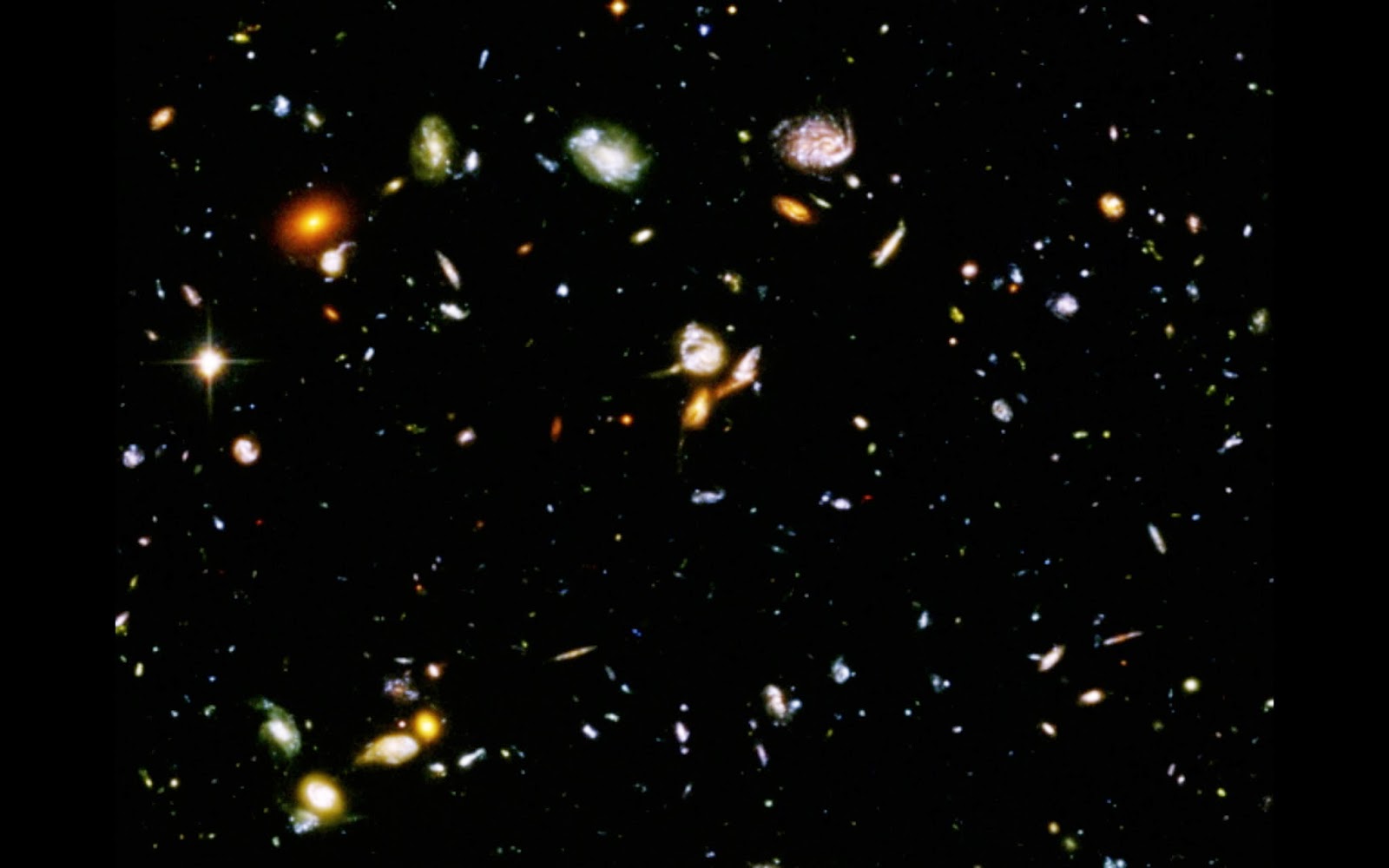After a looong time exploring the solar system, we are finally going to study galaxies :)
1.- Hubble Deep Field:
 |
| Watch video here: http://www.astro.umd.edu/~rhc/hdf_video.mov |
Source: http://hubblesite.org/newscenter/archive/releases/2004/07/
The Hubble Deep Field (HDF) covers an area 2.5 arcminutes across, about one 24-millionth of the whole sky, which is equivalent in angular size to a 65 mm tennis ball at a distance of 100 metres.
2.- Galaxies in interaction: Simulation vs Observations:
3.- Discussion Summary:













